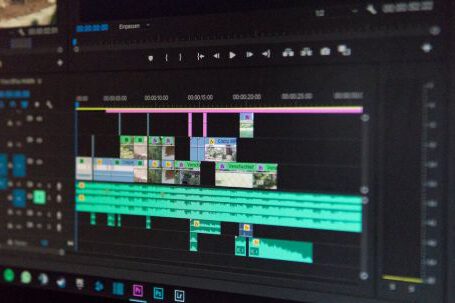Collaboration is an essential aspect of any successful team or organization. When individuals come together to work towards a common goal, their collective knowledge and skills can lead to innovative solutions and creative thinking. However, not all collaboration techniques are equally effective in fostering creativity. In this article, we will explore some of the collaboration techniques that have been found to be particularly conducive to creative thinking.
Creating a Safe and Supportive Environment
One of the most important aspects of fostering creative thinking is creating a safe and supportive environment for collaboration. When team members feel comfortable expressing their ideas, even those that may seem unconventional or risky, they are more likely to engage in creative thinking. Encouraging open communication, active listening, and non-judgmental feedback can help create such an environment.
Brainstorming and Idea Generation
Brainstorming is a classic collaboration technique that has been used for decades to generate creative ideas. By bringing together a diverse group of individuals and encouraging them to freely share their thoughts and ideas, brainstorming can help unlock innovative solutions. Techniques such as mind mapping, where ideas are visually represented in a non-linear manner, can also be effective in stimulating creative thinking.
Design Thinking
Design thinking is a collaborative problem-solving approach that focuses on empathy and experimentation. It encourages multidisciplinary teams to work together to understand users’ needs, challenge assumptions, and generate innovative solutions. By adopting a human-centered perspective and embracing ambiguity, design thinking can foster creative thinking and lead to breakthrough ideas.
Cross-functional Collaboration
Collaboration between individuals from different functional areas within an organization can also foster creative thinking. When people with different backgrounds, expertise, and perspectives come together, they bring unique insights and approaches to problem-solving. This diversity can help break down conventional thinking patterns and stimulate creative ideas.
Encouraging Risk-taking and Experimentation
Creativity often thrives in an environment that encourages risk-taking and experimentation. When team members feel empowered to try new things, even if they might fail, they are more likely to push the boundaries of what is possible. Encouraging a culture of learning from failures rather than punishing them can help create an environment that supports creative thinking.
Promoting Collaboration Tools and Technologies
In today’s digital age, collaboration tools and technologies play a crucial role in fostering creative thinking. Platforms that allow for real-time collaboration, such as virtual whiteboards or project management software, can facilitate idea sharing and collaboration across geographically dispersed teams. Additionally, tools that enable asynchronous collaboration, such as shared document editing or online discussion forums, can provide individuals with the flexibility to contribute their ideas at their own pace.
Encouraging Reflection and Feedback
Reflection and feedback are essential components of the creative process. Providing opportunities for individuals to reflect on their ideas, learn from their experiences, and receive constructive feedback can help refine and enhance their creative thinking skills. Techniques such as peer reviews, regular team retrospectives, or individual reflection exercises can be valuable in promoting continuous learning and improvement.
In conclusion, fostering creative thinking in collaborative environments requires intentional techniques and strategies. Creating a safe and supportive environment, implementing brainstorming and idea generation techniques, adopting design thinking principles, encouraging cross-functional collaboration, promoting risk-taking and experimentation, utilizing collaboration tools and technologies, and encouraging reflection and feedback are all effective ways to foster creative thinking. By implementing these techniques, teams and organizations can unlock their creative potential and drive innovation.





